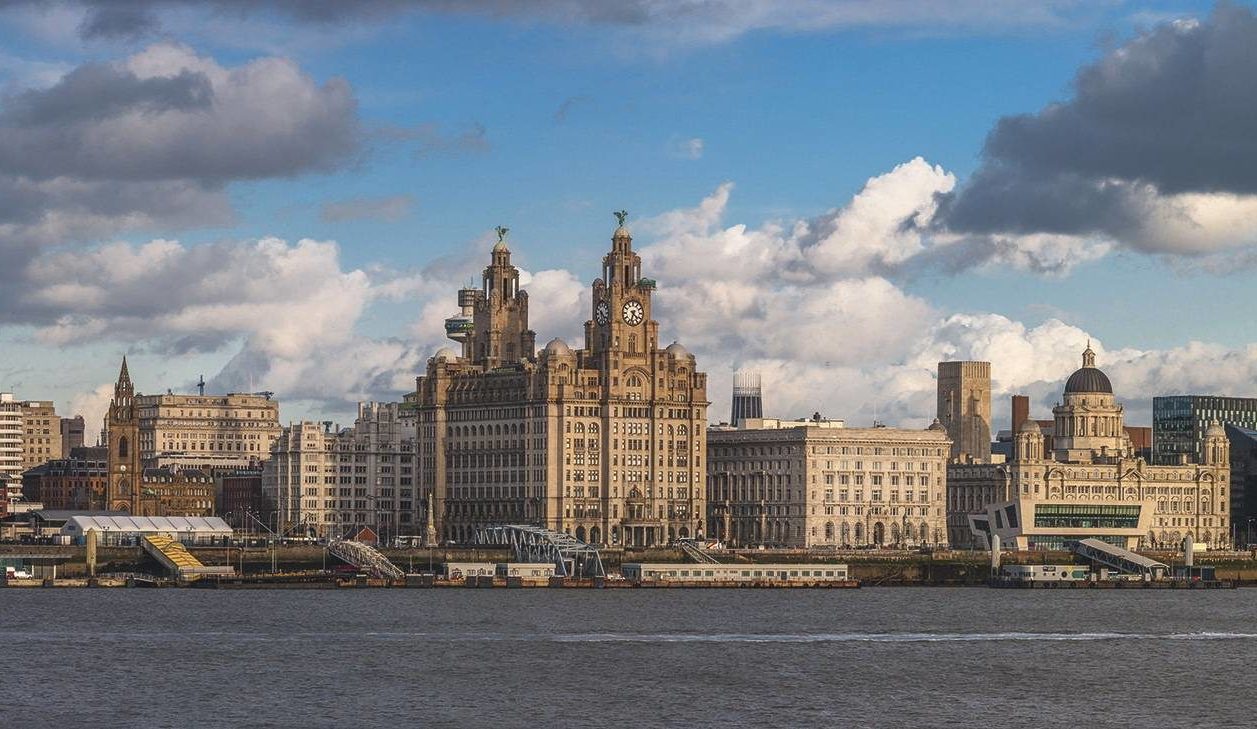City Heritage in danger
Redevelopment plans threaten historic value
How tall is tall? The opposing views swirling around proposed developments on Liverpool’s waterfront moved towards a unified voice on World Heritage Day with a commitment to protect the city’s world heritage site status.
Liverpool must integrate development and conservation if it wants to protect its world heritage site status, agreed speakers representing Liverpool City Council, Merseyside Civic Society and Liverpool World Heritage Board at a debate at RIBA North.
Liverpool was inscribed onto Unesco’s list of world heritage sites of “outstanding universal value” in 2004 but was placed on its “heritage in danger” list in 2012 when Peel Group’s Liverpool Waters scheme at the redundant Central Docks proposed tower blocks of up to 55 storeys high.
It remains one of 54 of Unesco’s world heritage sites on the endangered list and the only one in the UK, and when the World Heritage Committee meets this summer in Bahrain, it will decide whether Liverpool should be stripped of its world heritage site status.
“Liverpool’s most valued asset – world heritage site status – has been unduly and indeed dangerously undervalued because debate in the city has polarised between heritage and redevelopment,” said historian John Belchem, a member of Liverpool World Heritage Board, a task force set up last year to repair the vexed relationship with Unesco. “And it’s this polarity that the task force is determined to eradicate.”
The world heritage site covers the Pier Head and the Three Graces, Albert Dock, Wapping Dock, Stanley Dock, the old commercial district around the Town Hall, the 19th century civic grouping at William Brown Street and the merchants’ houses and warehouses around Duke Street.
The status recognises Liverpool as a supreme example of a 19th century commercial port, and brings recognition and kudos that helps to protect the built heritage and control inappropriate development on the site and its surrounding buffer zones. As attention turns to the central docks, Liverpool has the support of World Heritage UK, the body representing the UK’s 31 world heritage sites.
But development and conservation are not mutually exclusive, and the aim of the debate was to refine the principles of a green paper on the world heritage site, produced by Merseyside Civic Society (MSC). “Dichotomies have been created between those who manage the site and those who want the status removed,” said MCS council member Trevor Skempton.
“But it’s about the quality of the proposals and how they will impact on the rest of the waterfront, and we need debates about the detail and not just the skyline. We’ve had high quality buildings proposed that didn’t get built because they didn’t have a strong enough champion at the time. Simple sets of rules do not bring forth imaginative proposals, and the opposing views on tall buildings have led to an extreme case of arrested development in Liverpool that we must address.”
The International Council on Monuments and Sites, which advises Unesco, has stated that Liverpool is a “horizontal” city like St Petersburg, but this must be challenged, said Skempton.
“Tall buildings have an eminent history in Liverpool and Merseyside, from the massive dock warehouses and the demolished Custom House to the Tower Ballroom in New Brighton, which was the tallest structure in Great Britain when it opened at the end of the 19th century, and don’t forget that the Liver Building was one of Europe’s first skyscrapers.
“Tall buildings are not inherently bad, and Liverpool must invest and build if it is to grow and thrive,” said Mark Kitts, assistant director of regeneration at Liverpool City Council. Peel’s proposals have been modified, he pointed out, with the tallest building reduced from 55 storeys to 34 storeys.
To show commitment to the world heritage site status, the council has produced a package of corrective measures that includes a skyline policy and an independent design review panel to assess planning applications in terms of quality of design and materiality.
“We may not have taken it as seriously as we ought to have in the past,” admitted Kitts. “But we are doing so now, and we are talking, with the help of the task force, to the relevant partners to try to refine the proposals and manage our world heritage site aims and objectives better.”
Kitts pointed out that the physical state of conservation in Liverpool has massively improved. “We have invested £750 million across the public and private sector, and have reduced the number of buildings at risk from 14 per cent a few years ago to
2.75 per cent.
“But we have to get the message across that we value our world heritage site status, not just to Unesco but to Liverpool residents, business and schools. It’s about quality: bad tall is bad; but good tall is beautiful and sustainable.”
“It would be considered a self-inflicted wound if we lost it,” said Belchem. “Much more needs to be made of it, through educational and marketing channels. We need an economic assessment of what the world heritage site status could be worth, and to recognise that it can act as a catalyst for regeneration, rather than restrict it. If Liverpool is to regain its distinctive character and put a stop to poor quality development that blights much of the city centre, the debate must not be polarised.”

Leave a reply
Your email address will not be published.